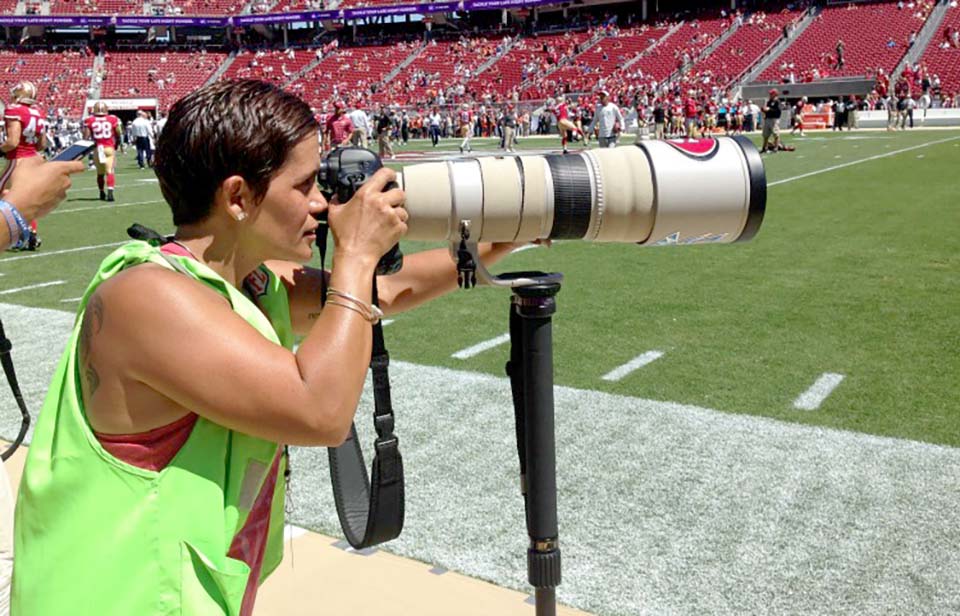
I have children. After the school sports day, their mother expects to be given gold medals, or at least a “winning” photograph. Unfortunately none of my children are of an athletic nature so no medals and the photographs only showed how far behind all the other Usain Bolts they really were.
Everyone at some stage is forced into a little sports photography. Generally it is a shot of sons or daughters competing at a school function. Generally the results are so bad you never show the end results to anyone. From bitter experience, after number three son was the star of the interschool rugby and his mother did not get one decent shot.
Here are a few pointers. The first rule of good sports photography is to get as close as possible to the action. If you can’t be ‘right there’ your end result will be unsatisfactory. Now with many sports, you the spectator are restricted to being on the edge of the outfield. This is why you see the professional sports photographers with 300 mm plus lenses so large you screw the camera on to them, not the other way round. These lenses also tend to be fearsomely expensive, and unless you are wishing to make a career of sports photography, then you don’t need one. There is another way.
For the ball sports such as soccer, rugby, and softball, there are times when you can get close enough to the action to take the shot with just a ‘portrait’ lens. Any lens greater than 100 mm will get you a decent shot of a scrum close to the sideline. Line outs are again something you can get close to. With football you will get a good shot standing behind the goal keeper, and even shooting through the net will add to the atmosphere of the shot. However, beware if you are using an autofocus camera because it will tend to autofocus on the net, rather than the action 20 meters in front of the net.
To capture the spirit of athletics is again a difficult task, but you can manage to get some good shots without the 300 mm monster lens. Try to position yourself as close as possible to the finish and pre-focus on the actual finishing tape itself. As they breast up to the tape, a gentle squeeze and the shot is yours.
Softball and baseball are also difficult to get close enough to the action to get a decent shot without a big telephoto lens. Here you have to be even craftier and try and get your “star” to pose before he or she goes out onto the playing field. Most athletes will even stop for you when they go out to the field if you call out. All of them have large egos to feed.
Golf is a particularly popular sport here, and one where you will again get good shots with any camera. You can get close to the tee off (just don’t get too close or you’ll be wearing a number 2 wood) and the putting green. Do not worry too much if you do not have a fast or adjustable shutter speed in your camera, a little “blur” to the club head will give the shot more impact. (Ed’s note: If you want to take golf photos, make sure your camera is set to the silent mode. Nothing will make golfers angrier than a loud click in the middle of their swing or putt.)
With exceptionally fast sports such as motor racing and motorcycle auto cross, you really do need the special cameras and lenses to get shots while the race is in progress, but you can get some great “atmospheric” shots with just a humble fixed focus, fixed lens, point and shooter.
All that this needs is a little persuasive talking from you to get into the pits and you can get some wonderful shots of riders lying on the ground gasping, mechanics frantically working on race machinery and even drivers sitting in their cars before they go out onto the circuit to race. There is an additional bonus as well when you get into the pits – these two sports attract gorgeous girls like bees to honey – and they all love to get their picture taken (or else they wouldn’t be there)!
Sports photography is difficult, so best of luck.
 |
 |
 |





